- Overview
- Trip Outline
- Trip Includes
- Trip Excludes
- Gallery
- Reviews
- Booking
- FAQ
Kanchenjunga Base Camp Trek Highlights:
- 50 minutes of scenic flight from Kathmandu to Bhadrapur
- Walkthrough beautiful hills, bamboo and rhododendron forests
- Reach Octang which is the best viewpoint to get amazing views of Kabru, Rathong, Jannu, Kokthang, and Kanchenjunga range
- Get to a village named Ghunsa and visit the monastery and couple of other monasteries showcasing Tibetan architecture and culture
- Reach Sele La Pass and Mirgin La, Seinen La Pass to get panoramic views of mountains
- Walkthrough amazing villages like Lhonak at an altitude of 4790 m and Kambachen at 4150 m
- Chance to see various animals and birds living in this area
- Enjoy the warm hospitality of the locals and learn about their culture
Kanchenjunga Base Camp Trek Itinerary from Nepal - 25 Days
Kanchenjunga Base Camp trek lies on the Eastern border of Nepal and is widely considered to be the best trekking trail in rural Nepal by trekkers. During the trek, you will see plenty of forests booming with rhododendron and bamboo. You will also get a chance to get up close to the panoramic view of the mountains and get in touch with the local culture of the region.
The trek to the Base Camp of Kanchenjunga is one of the longest in Nepal as completing this trek will take you around 25 days. This takes you to the foot of Kanchenjunga mountain, the third highest mountain in the world standing at an altitude of 8586 meters. It covers around 16 peaks that are more than 7000 meters high. The name Kanchenjunga has a Tibetan origin and can be broken down as “Kang-Chen-Dzo-Nga”. It is interpreted in Sikkim as the “Five Treasuries of Great Snow”. Kanchenjunga Base Camp trek starts with a flight to Bhadrapur, a town in the Terai parts of Nepal. From there, you will walk through trails that will take you to beautiful valleys, rugged hills, and snow-capped mountains. is home to many florae and fauna like the red panda, snow leopard, wild boar, and various species of deer, etc.
Kanchenjunga Base Camp trek has been regarded as one of the most serene treks as it doesn’t receive as many trekkers as the Annapurna or Everest region. It also offers a unique perspective into the lives and culture of this region which is quite diverse. This is one of the most serene treks. This trek takes you to an altitude of more than 5000 meters and takes more than three weeks to complete. Along the trails, you will go through the Migrin La pass, Sele-La pass, Yalung glaciers, rivers, hills, and beautiful villages. This trek will be one of the most authentic treks you have undertaken and first-hand experience of the culture of the Eastern part of Nepal.
Get to the Kanchenjunga Base Camp also known as Pang Pema at the foot of the third highest peak to get amazing views of mountains like Kangbachen, Kanchenjunga, Kirat Chuli, Taple Sikhar, Ramtang Peak, etc.
Food and Accommodation During The Kanchenjunga Base Camp Trek
Staying away from modern luxuries and staying tea house run by locals is a different experience. They provide basic accommodation and food like Dal Bhat, pasta, noodles, potatoes, vegetables, eggs, soup, etc. You will have three meals at these tea houses. While your days in Kathmandu and Pokhara you will stay in 3-star hotels with breakfast service. You can go to various restaurants and cafes in the cities for lunch and dinner
Weather and Best Time to Trek Kanchenjunga Base Camp
The Kanchenjunga region showcases a diverse range of landscapes and altitudes and the weather varies accordingly. Generally, Autumn and Spring are considered to be the best season for trekking. The temperate is moderate in these seasons and the weather is also calm and consistent. You are generally expected to see the clear sky in these seasons and forests also look beautiful due to leaves in autumn and wildflower blooms in spring.
It is difficult to trek in winter as the temperature becomes unbearably low. The days become cold and windy and nights even colder. Episodes of snowfalls and blizzards occur in this region. So, it becomes almost impossible to trek in winter.
Similarly, the trek becomes difficult due to rainfall in summer. The trail might become slippery and the views often get obscured.
Kanchenjunga Base Camp Trek Difficulty
Kanchenjunga trekking falls in strenuous grade trek. You have to walk for 6/7 hours for several days at an altitude higher than 3000 m. The weather conditions get harsh in high-altitude areas and the temperature gets low and even below freezing point sometimes. Due to a drop in atmospheric pressure, there is also altitude sickness in the altitude of over 3000 m. The trek a high level of physical fitness. You should also be mentally fit and prepared to do this trek.
Kanchenjunga Base Camp Trek Route
You will have a flight to Bhadrapur and drive to Taplejunng to start this trek. From Taplejung you will trek to Mitlung, Chirwa, Sekathum, Gelpa, Ghunsa respectively. You will spend a day at Ghunsa as a part of the acclimatization and resume the trek the next day. You will then trek to Kambachen, Lhonak, and you finally reach Kanchenjunga Base Camp. You will then return to Kambechan, Ghunsa and trek to Selele Base Camp and Selele Pass the next day. You will then trek to Tseram crossing the Mirgin La Pass. From Tserem, you will trek to Ramche, Dorongdin, Sherpa Gaun, Danda, Kade Bhanjyang, Lalikharka and finally to Suketar where the trek ends. You will have a ride to Bhadrapur and a flight to Kathmandu.
Itineraries
First Day
Day 1:Arrive in Kathmandu
• Accommodation: 3-Star Hotel
• Altitude: 1345 m
When you arrive at Kathmandu at the Tribhuvan International Airport, our representatives will be there to receive you. They will be carrying a signboard that reads “Royal Nepals” which will help you to spot our representatives. Then you will be transferred to your respective hotel where you will stay overnight.
Second Day
Day 2:Fly to Bhadrapur; drive to Taplejung
• Accommodation: Tea House
• Tourist Bus
On the second day, you will take a flight from Kathmandu to Bhadrapur. The flight will be about 50 minutes long. During this flight, you will be able to catch glimpses of the Himalayas over which you will be trekking. After the flight, you will drive for about 10 hours and reach Taplejung. Taplejung is a mountainous town that is famous for its local trading.
Third Day
Day 3:Trek to Mitlung
• Accommodation: Tea House
• Trek Hours: 3-4 hours
• Altitude: 850 m
This day, you will trek to Mitlung from Taplejung. The trek will take you through fertile valleys with fields of rice, potatoes, millet, cauliflower, and green vegetables. You will also walk through tea gardens along the way. During the trek, you will gradually head north. The final 350 meters of this days trek will be downhill to reach Mitlung.
Fourth Day
Day 4:Trek from Mitlung to Chirwa
• Accommodation: Tea House
• Trek Hours: 6-7 hours
• Altitude: 1190 m
On this day, you will walk past several villages. These villages are rural and you will encounter fields of rice, millet, potatoes, and vegetables along the way. The people who live in these villages are the Kiratas, and their farming tradition dates back more than 2000 years. Almost all day long, you will hear the river Tamur gushing as you’ll trek through Himalayan gorges, sub-tropical rainforests, and cliffs.
Fifth Day
Day 5:Trek from Chirwa to Sekathum
• Accommodation: Tea House
• Trek Hours: 5-6 hours
• Altitude: 1640 m
You will continue to trek along the Timur river this day. After two hours of walk, you will also get to Tapethok, where officials will check your trekking permit. You will arrive at a suspension bridge after walking on the west side of Tabethok. As you walk further, you will get to Lelep. From Lelep, you will get to Ghunsa Khola Valley, and finally to Sekathum village. You will spend your time in this Tibetan village, from where you can get your first sightings of the Himalayas.
Sixth Day
Day 6:Trek to Amjilasha
• Accommodation: Tea House
• Trek Hours: 5-6 hours
• Altitude: 2460 m
You’ll encounter a very narrow trail this day as you follow the Gunsa Khola. The narrow trail means that you will need to concentrate hard and be cautious while you walk. As you walk further, you will pass a settlement where Yaks are domesticized for the livelihood. After lunch, you will have a steep climb that will take you to Amjilasha village.
Seventh Day
Day 7:Trek to Gelpa
• Accommodation: Tea House
• Trek Hours: 4-5 hours
• Altitude: 2730 m
Your trek from Amjilasha to Gelpa will be mainly through forests and waterfalls that you will encounter along the way. As you’ll see no villages during today’s trek, you will feel extremely close to the natural beauty of the forests and waterfalls.
Eighth Day
Day 8:Trek to Ghunsa
• Accommodation: Tea House
• Trek Hours: 5-6 hours
• Altitude: 3430 m
From Gelpa, you will walk through forests in the morning and get to Phole village, where you will have your lunch. The village is Tibetan and serves as a centre for winter settlement for people in Ghunsa. The village is also home to the one and only monastery in this region. After one and a half hours of ride from Phole, you will get to Ghunsa. The houses in this beautiful village are wooden and are mostly decorated with colourful prayer flags. There are a couple of gompas in this region as well.
Ninth Day
Day 9:Rest and Acclimatization in Ghunsa
• Accommodation: Tea House
• Altitude: 3430 m
Since Gunsa is the first place where you cross the 3000-meter mark, you will need to get acclimatized to this altitude. So, you will spend the 9th day of your trek to Kanchenjunga Base Camp acclimatizing. You can take a full rest if you want to. However, if you have some energy, you can walk opposite the River Khanso Thamo. From here, you will get views of mountains like Mount Kumbhkaran, Phole, and Sobithongi.
Tenth Day
Day 10:Ghunsa to Kambachen
• Accommodation: Tea House
• Trek Hours: 5-6 hours
• Altitude: 4150 m
You will have trouble finding any form of permanent human settlement in altitude higher than Ghunsa. But you are likely to encounter seasonal settlements of yak herders. On your way to Kambachen, you will walk through trails that are not as clear as some other trails in this region. But the effort you put in will be worth it as the scenery from this region is beautiful. You will set up a camp at Kambachen which is a grand glacial valley. If you are lucky, you will be able to spot animals and birds in this region like blue sheep, Ibex, hyrax, vultures, kites, and eagles. The view of Kanchenjunga massif and Jannu that you see from Kambachen is astounding.
Eleventh Day
Day 11:Trek from Kambachen to Lhonak
• Accommodation: Tea House
• Trek Hours: 4-5 hours
• Altitude: 4790 m
On this day trek, you will follow the trail that lies on the left side of the Kanchenjunga glacier. After trekking along a high plateau, you will reach the Lhonak. Lhonak is located near a dry lake bed and you won’t find houses in this region. So you will need to set up a camp here. You will be able to view large mountains like Wedge Peak, Mera Peak, Nepal peak and Twins.
Twelfth Day
Day 12:Trek from Lhonak to Kanchenjunga Base Camp
• Accommodation: Tea House
• Trek Hours: 2-3 hrs
• Altitude: 5160 m
On this day, you will reach the highest point in your entire trek- Kanchenjunga Base Camp. On this day as well, you will follow the trail along the glaciers on the northern side of the Kanchenjunga glacier. As you follow this trail, you will reach the Kanchenjunga Base Camp in nearly four hours time. The Kanchenjunga Base Camp is also known as Pangpema and has an altitude of 5140 meters. In order to increase your chances of mountain viewing, you will spend overnight here. You can also choose to walk through some masses of rocks to get at sites that offer better mountain viewing. But this will depend upon the fitness of the trekkers as well as how difficult the quality of the tracks. Even without walking much, you can get impressive panoramic views of mountains like Trent and Pyramid Peaks.
Thirteenth Day
Day 13:Return to Kambachen
• Accommodation: Tea House
• Trek Hours: 5-6 hours
• Altitude: 4150 m
On the 13th day of your trek, you will trek back to Kambachen You will follow the same trail that you came to Kanchenjunga Base Camp by.
Fourteenth Day
Day 14:Kambachen to Ghunsa
• Accommodation: Tea House
• Trek Hours: 3-4 hrs
• Altitude: 4290 m
You will retrace your steps back to Ghunsa from Kambachen. You will essentially follow the same trail that you came from. Along the way, you can enjoy the mountains like the way you did on your way up.
Fifteenth Day
Day 15:Ghunsa to Selele Base Camp via Sele La Pass (4,290m)
• Accommodation: Tea House
• Trek Hours: 3-4 hrs
• Altitude: Elevation: 4290 m
From Ghunsa, you will follow a trail that takes you through thick rhododendron, birch, and pine forests. The trail is uphill and is covered with snow to various degrees. It is extremely important that you clothe yourself better to face cold conditions like the one you will encounter this day.
Sixteenth Day
Day 16:Selele Base Camp to Tseram via Mirgin La Pass (4480 m)
• Accommodation: Tea House
• Trek Hours: 5-6 hours
• Altitude: 3870 m
This is going to be a challenging day for you as you will have to climb a steep hill to reach Mirgin La Pass. This is the best spot for viewing Janu Himal, which is also known as Khumbakaran. You will also get to see mountains like Makalu, Baruntse, and Chamlang. The rest of the trail will take you along ridges and finally descent to Tseram. You will also get to view Kanchenjunga, Kabru, and the Himalayan range before descending. You will spend your night in a large flat meadow at Tseram. NB: Occasionally, there is a heavy snowfall don your route to Tseram. In such a case, the visit to Tseram may not be possible. The leader of your group will make the final judgement on this regard and advise you the best place for staying the night.
Seventeenth Day
Day 17:Tseram to Ramche via Octang, Yalung Glaciers
• Accommodation: Tea House
• Trek Hours: 3-4 hours
• Altitude: 4620 m
You will start your trek early this morning and reach Ramche, where you will take your lunch. After lunch, you will head out to Octang, which is widely considered to be the best viewpoint for Kanchenjunga. During this walk, you will follow a trail alongside Yalung glaciers. You will walk alongside a moraine through juniper forests to a beautiful lake at Lapsang. The lake is located at an altitude of 430 meters. You will walk along a valley in the northern side to reach Lapsang La pass. You will get to see all the peaks that are located in the Nepal-India border like Koktang (6147m), Rathong (6679m) and Kabrus. You will spend your night at Ramche.
Eighteenth Day
Day 18:Ramche to Dorongdin
• Accommodation: Teahuse
• Trek Hours: 6-7 hours approx
• Altitude: 3000 m
This day will be a gentle trekking day as you descend through rhododendron forests following Simbua Khola. You will reach Dorongdin where you will have an overnight stay.
Nineteenth Day
Day 19:Dorongdin to Sherpa Gaun (Yamphudim)
• Accommodation: Tea House
• Trek Hours: 7-8 hours
• Altitude: 2080 m
The village that you will head out to this day is called Yamphudim, which is referred to as Sherpa Gaun by the locals. This day’s trek might turn out to be a challenging one as the trail to Yamphudin is wiped out every year by a landslide. On top of that, you will have to trek for 3 hours before descending 4 hours before reaching Sherpa Gaun.
Twentieth Day
Day 20:Yamphudim to Phumpe Danda
• Accommodation: Tea House
• Trek Hours: 5-6 hours
• Altitude: 1858 m
On this day you will walk alongside Kabeli river in Kabeli valley before reaching Mamankhe. Mamankhe is a small Limbu valley that is home to a rich Limbu tradition and a Limbu museum. Following this valley, you will walk along the Khaksewa river and reach Phumpre Danda, where you will camp. It is an excellent vantage point for viewing mountains like Kumbhakarna, Ghabur, and Bohktoh.
Twenty First Day
Day 21:Phumpe Danda to Kade Bhanjyang
• Accommodation: Tea House
• Trek Hours: 6-7 hours
• Altitude: 2134 m
On your way to Kade Bhanjyang, you will encounter various forests, pasture, and villages. You will first get to Yangpan village before getting to Phong Phung Danda. From there, you will walk 45 minutes before reaching Yanthung. Then, you will head out to Khesewa following forested terrains and waterfalls. A one hour trek from Khesewa will take you to Kade Bhanjyang. Kade Bhanjyang is a superb spot for viewing Kangchenjunga, Yalung Kang, and Ghabur Himal.
Twenty Second Day
Day 22:Kade Bhanjyang to Lali Kharka
• Accommodation: Tea House
• Trek Hours: 5-6 hrs
• Altitude: 2134 m
From Kade Bhanjyang, you will follow an old route to Kunjari village. You will then descend from Kunjari village crossing Pahwa river and finally uphill to Simbu village. A pleasant walk from Simbu village will then take you to Tembewa and finally to Lali Kharka. You will be overnight at Lai Kharka.
Twenty Third Day
Day 23:Lali Kharka to Suketar and Ride to Bhadrapur
• Accommodation: Tea House
• Trek Hours: 5-6 hrs
• Altitude: 1824 m
On the final trekking day, you will have an early breakfast and walk through beautiful forests to Suketar. From Suketar, you will drive to Bhadrapur, where you will settle in a local hotel.
Twenty Fourth Day
Day 24:Fly to Kathmandu
• Accommodation: 3-Star Hotel
• Altitude: 1345 m
• Domestic Flight
From Bhadrapur you will take a flight to Kathmandu. If the skies are clear, you will get to view some impressive peaks of the Himalayan range from the flight. If time permits, you will also go to various religious parts of Kathmandu like Pashupatinath and Boudhanath.
Twenty Fifth Day
Day 25:Departure
You will be transferred to the airport on this day. You will bid goodbye to the beautiful mountainous country
- Meals:
24 Breakfasts, 22 Lunches, 22 Dinners - Accommodation:
3-Star accommodation in Kathmandu for 2 days
Tea house accommodation along the way for 22 days - Transportation:
All land transportation with pickups and drops
Domestic Flight to Bhadrapur and back - Guides and Porters:
One guide and assistant guide between 6 people
1 porter for two people (A porter can carry up to 30 kg) - Entry Fees and Permits:
All Permits and Entrance Fees
TIMS Card - Miscellaneous:
Down jacket, a Sleeping bag which should be refunded to the company after the trip
Necessary paperwork with the government of Nepal and Tax department
All the necessary insurance for the guides and porters
First Aid service in case of minor injuries
Salary, food, and accommodation for guides and porters
- Any meals other than breakfast in Kathmandu
- Rescue & travel insurance, trip cancellation costs, accident or health emergency, evacuation, loss, theft or damage to baggage and personal effects (We strongly advise you to take out personal travel insurance.)
- Extra night accommodation in Kathmandu due to any reason
- Personal expenses (phone calls, internet, laundry, bar bills, battery recharge, extra porters, cold drinks, bottled or boiled water, hot shower, etc.)
- All the alcoholic and non-alcoholic drinks including mineral water
- Nepal entry visa fee
- Tipping for the Royal Nepal crew
Yes, it is necessary to have insurance during the trek. As the trekking region falls in the remote area of Nepal and in higher altitude. There are potential risks of altitude sickness, food poisoning, injuries and other emergencies. In such cases you even have to abandon your journey. So, make sure your insurances cover all the expenses in case of such emergencies.
No. It is not safe to drink water from taps or streams. Mineral water bottles might not be available during the trek. So, it is better to carry water purification pills with you.
Helicopter evacuations are available in case of emergency. However, you need to make sure you have the insurance to cover the expenses of evacuation.
You need two permits to do this trek, Restricted Area Permit and Kanchenjunga Area Conservation Permit. You can not trek solo in this region as it is a restricted area. You need to have a licensed trekking guide to do this trek.
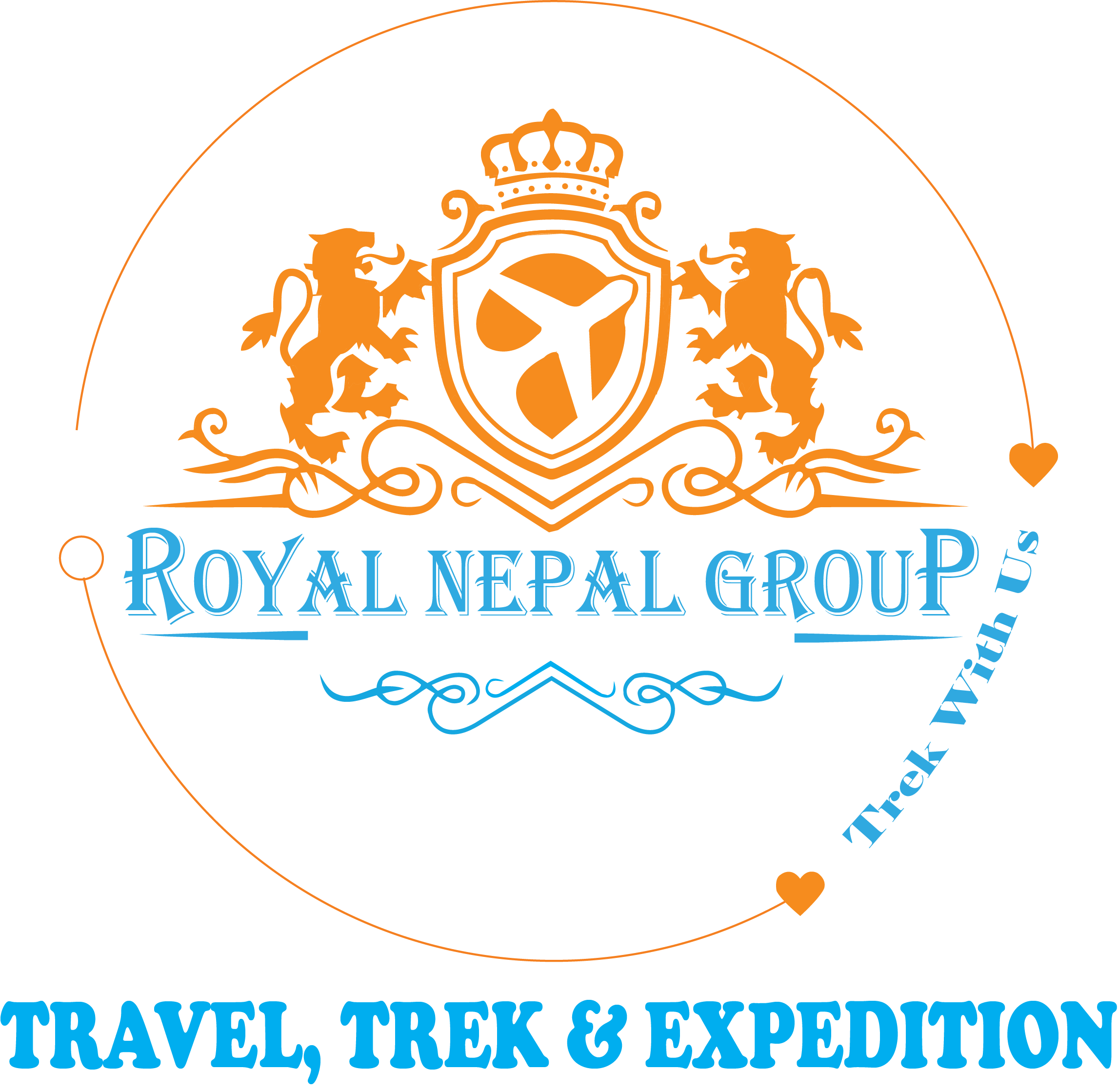
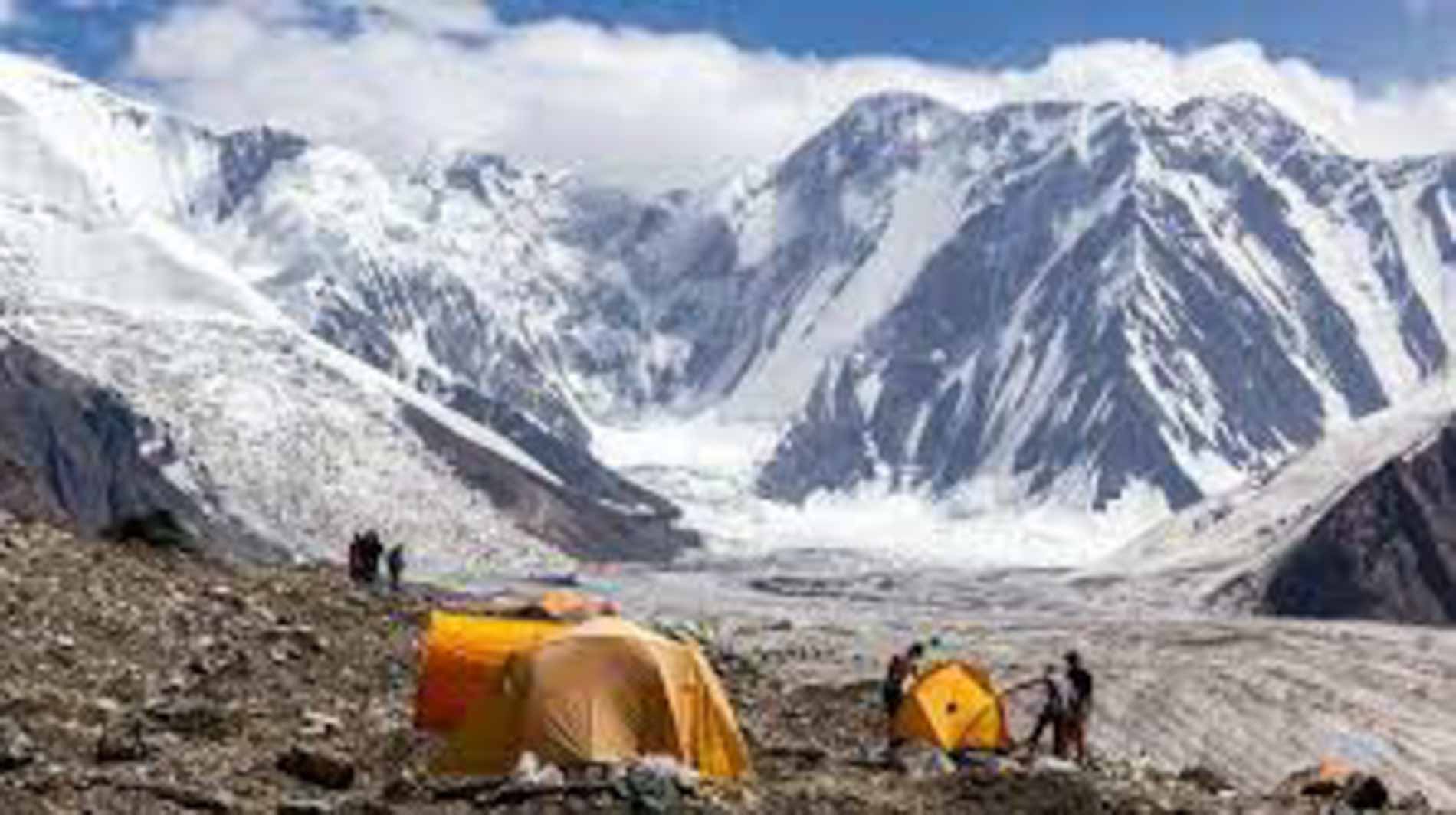

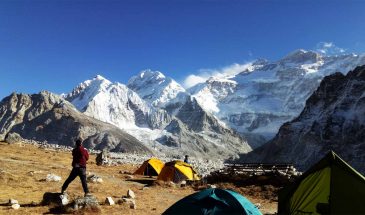
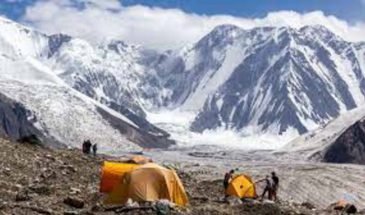
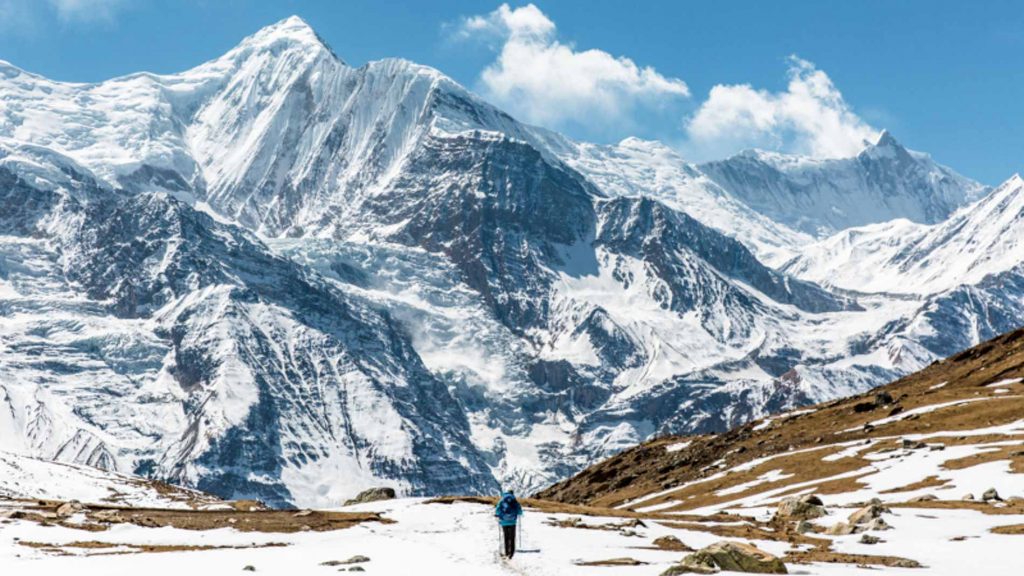
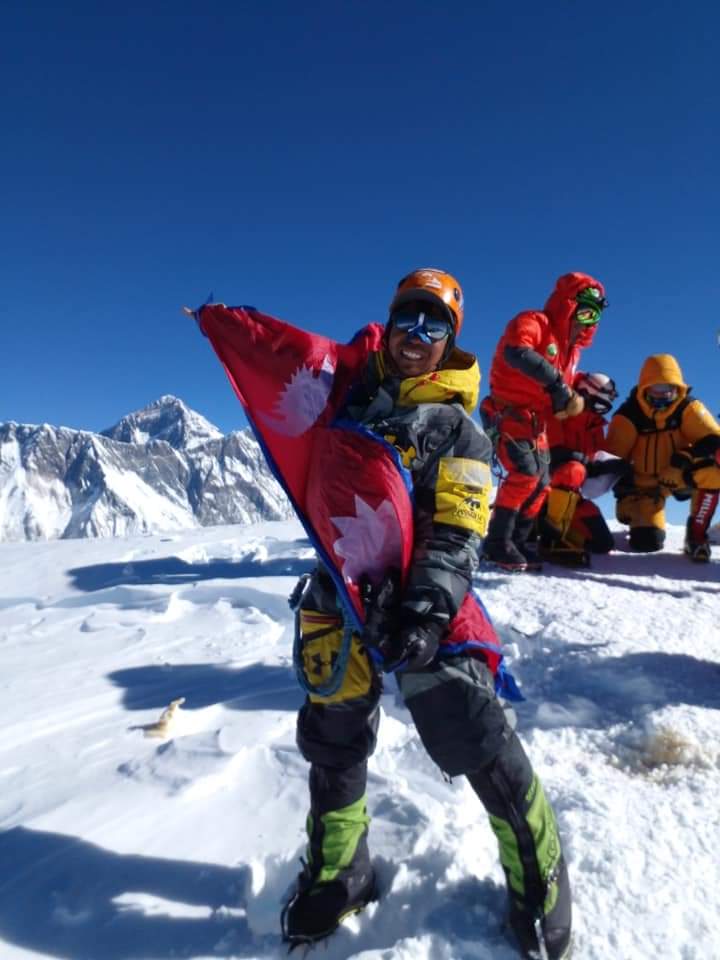

There are no reviews yet.